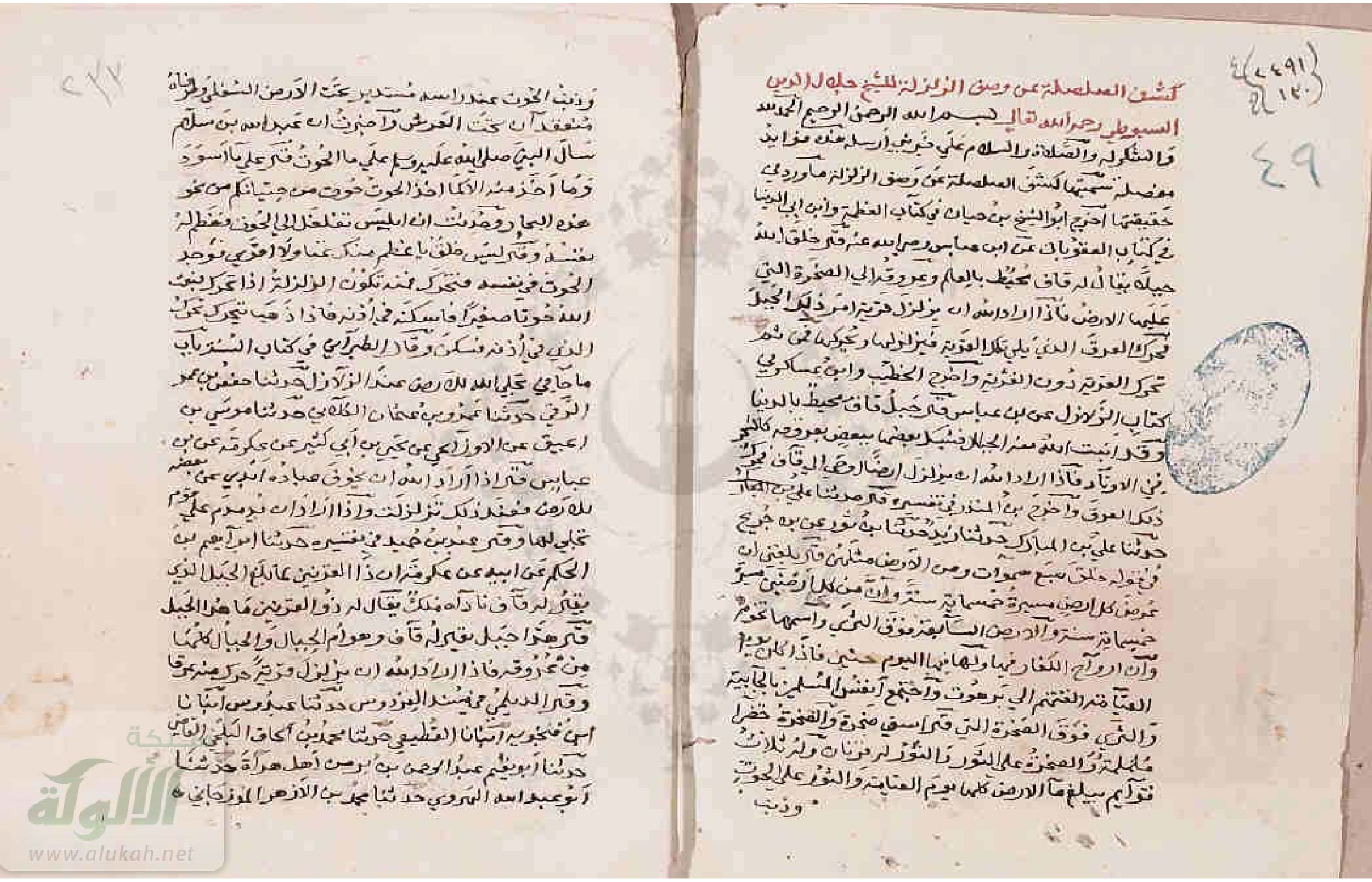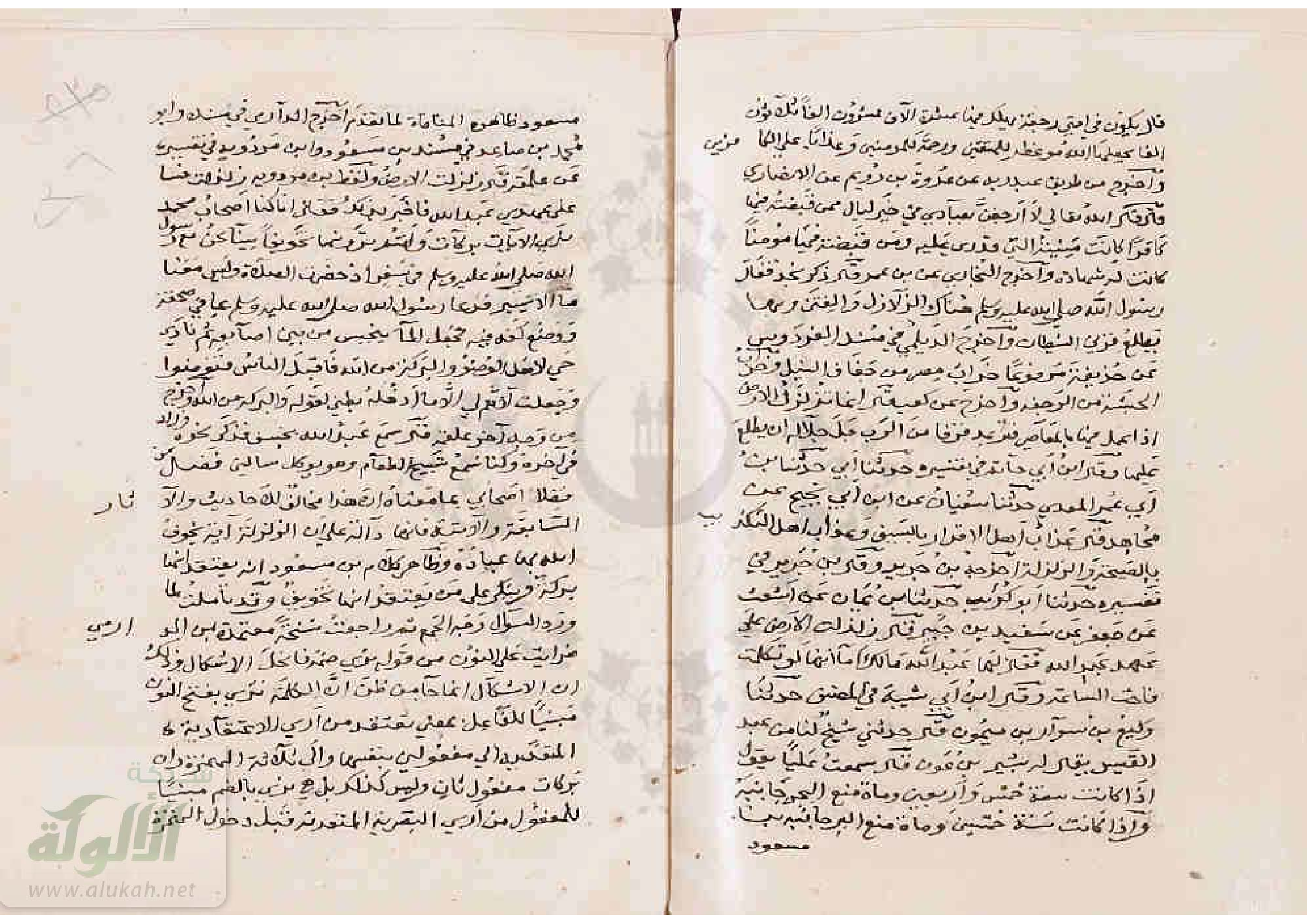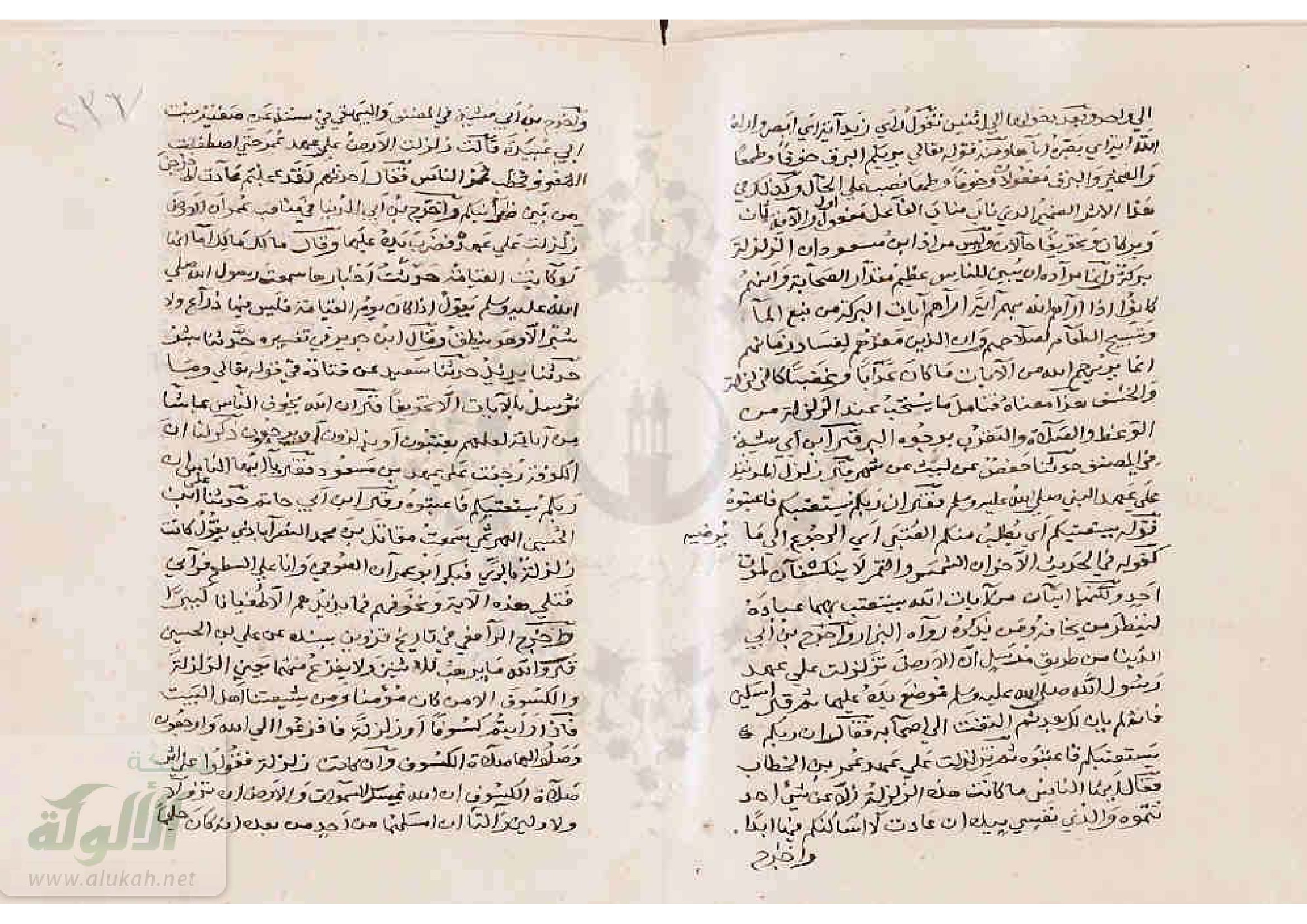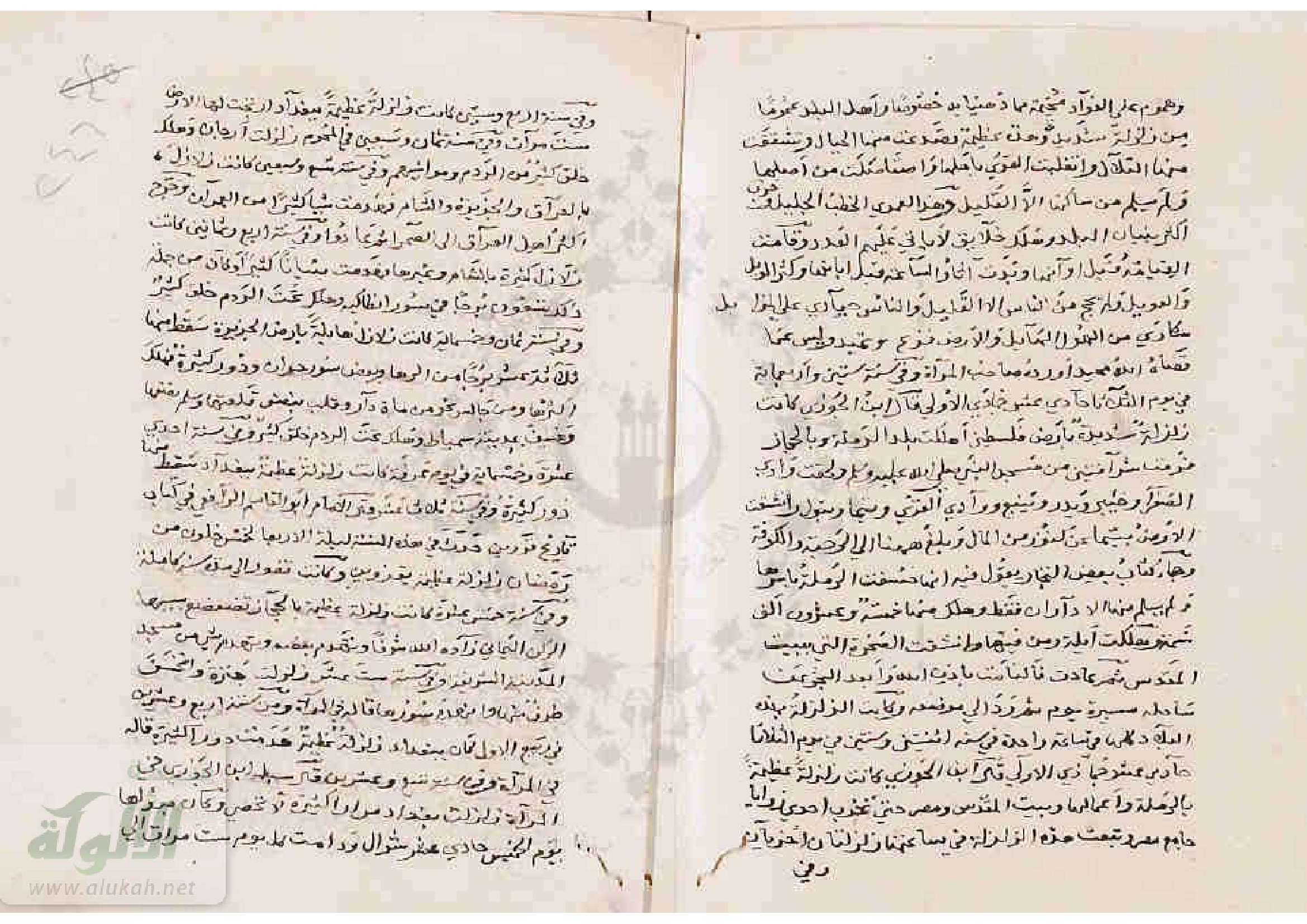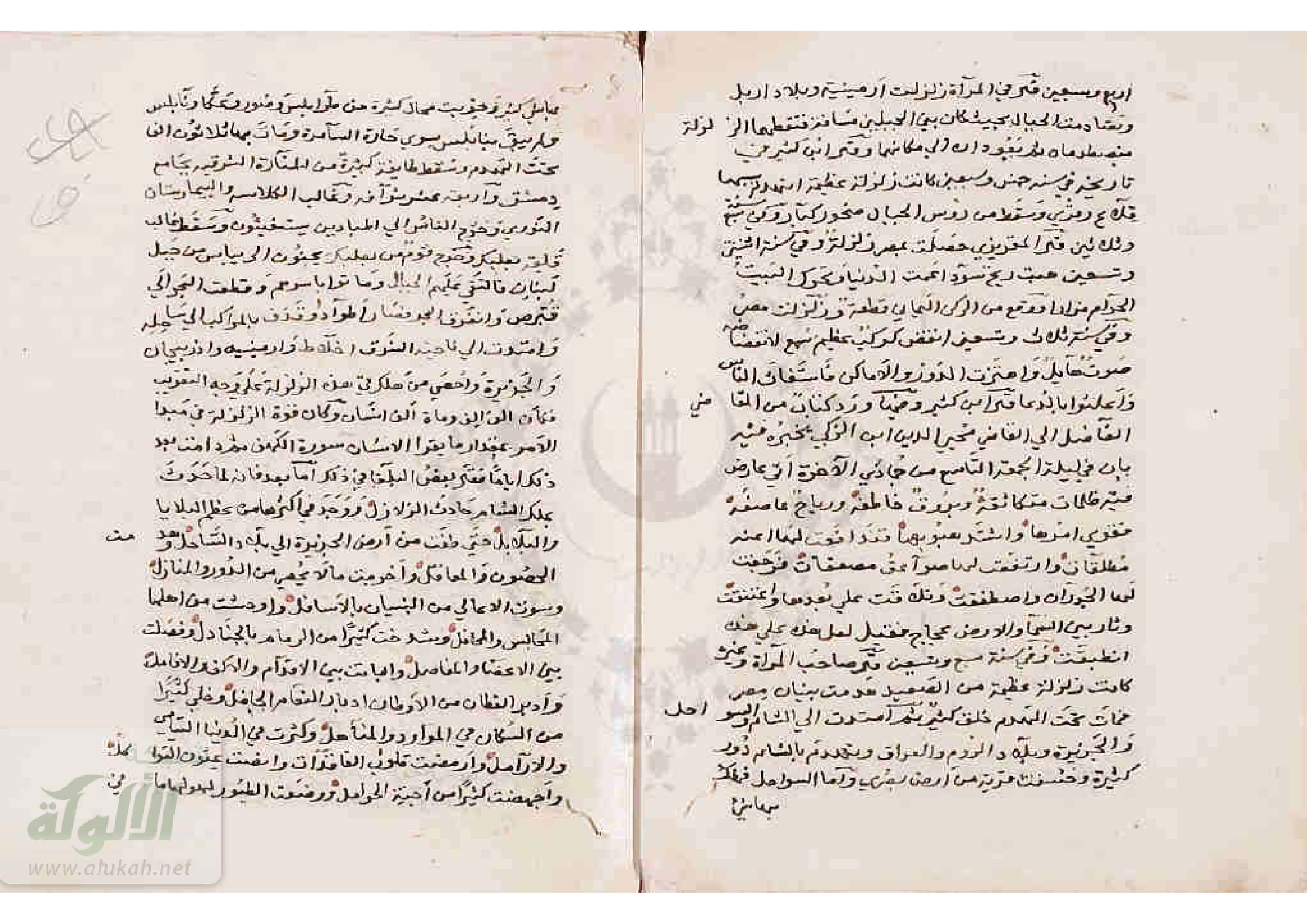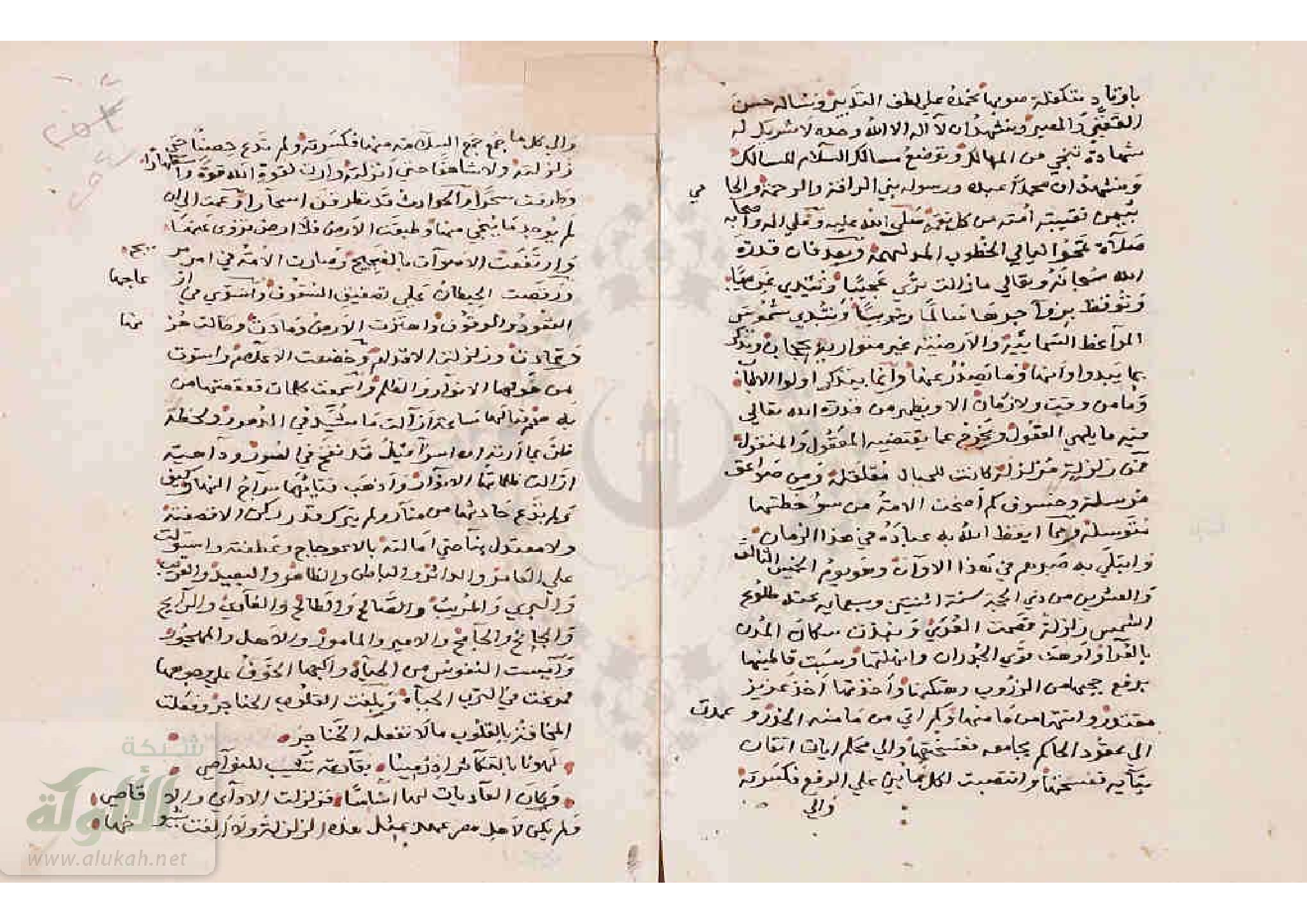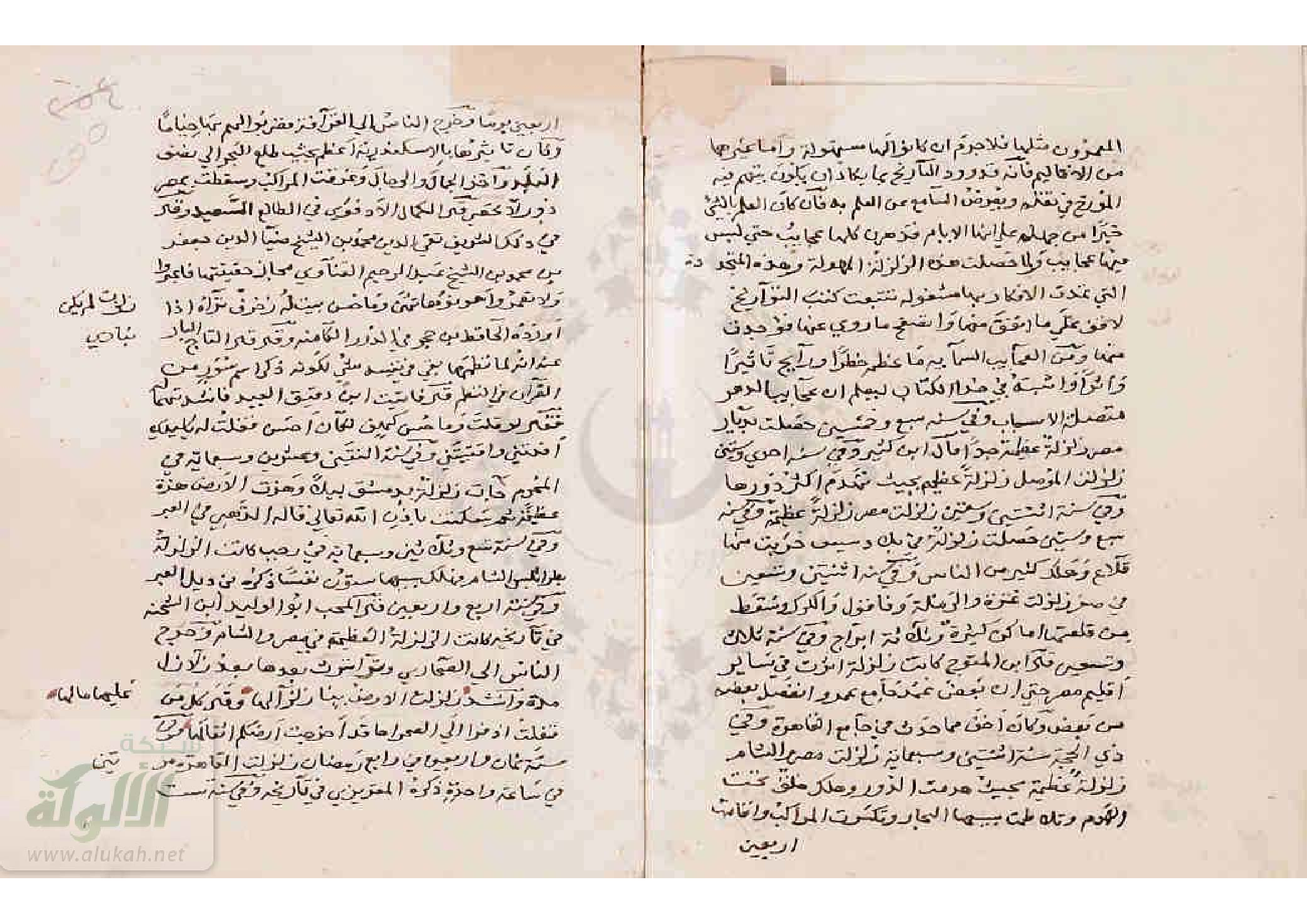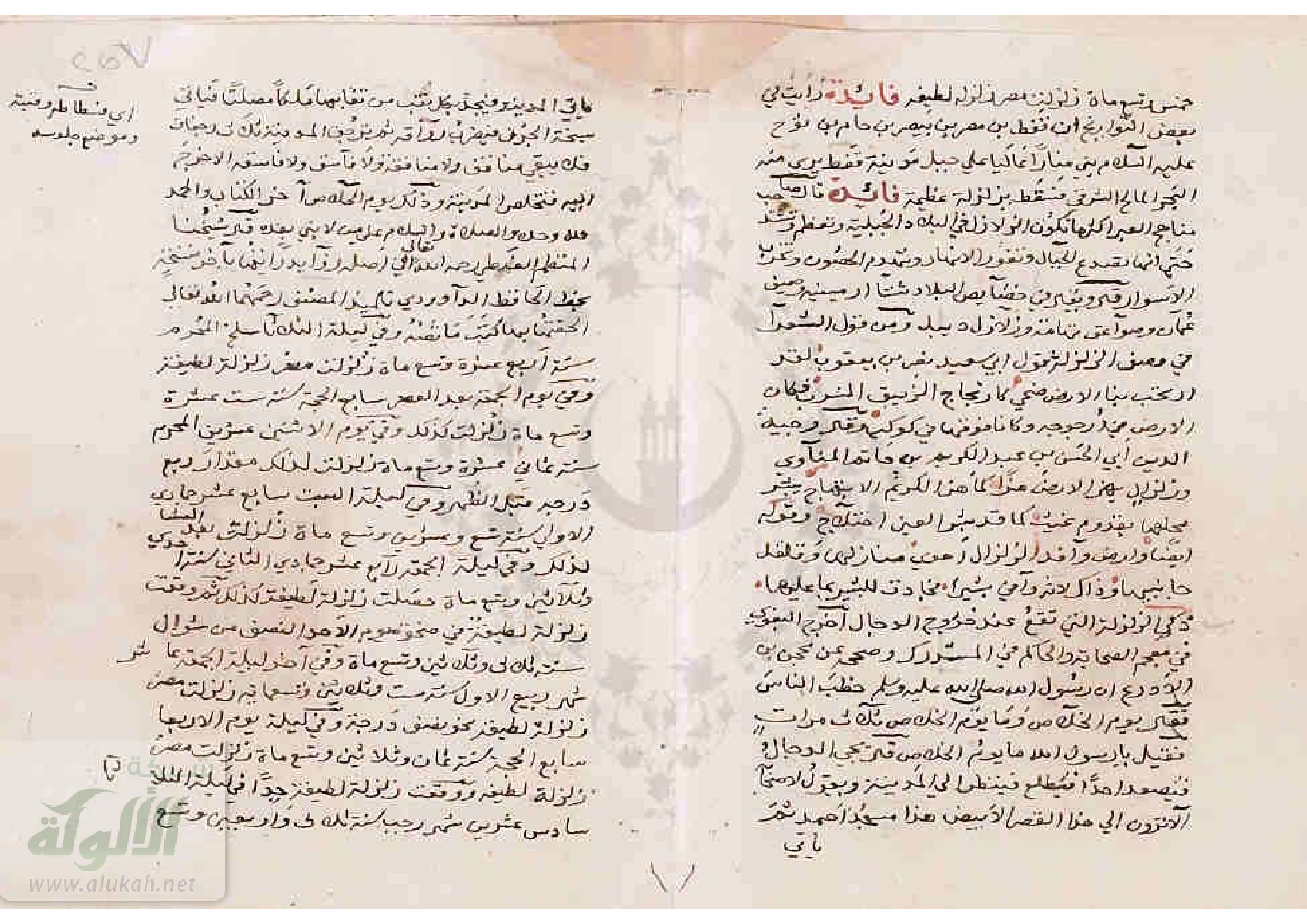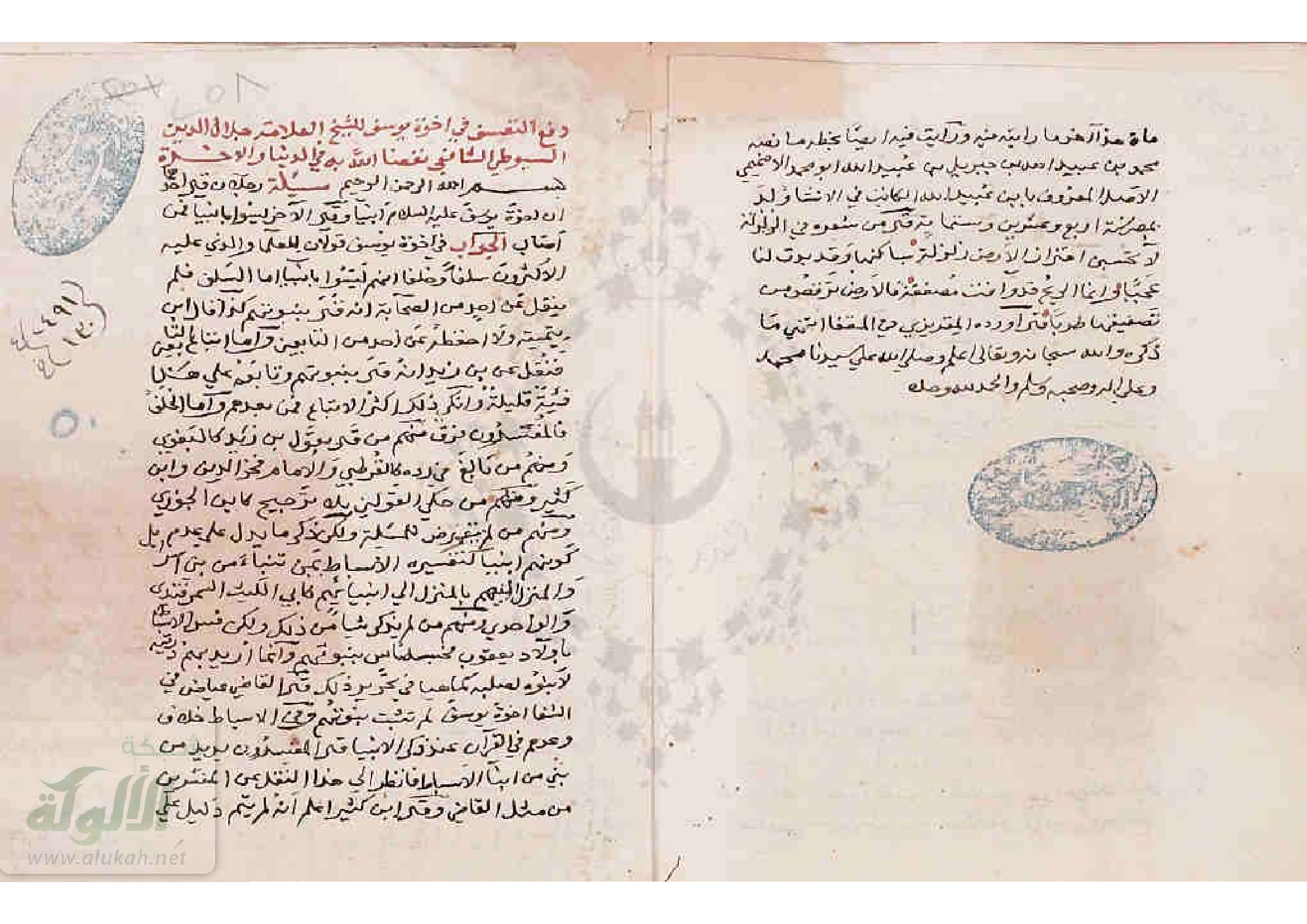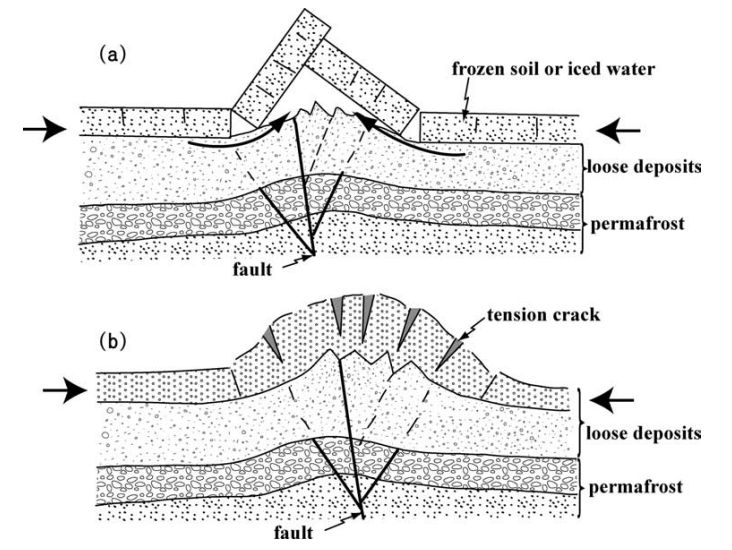AD 1063 Aug Syrian littoral
This earthquake, probably from an epicentre offshore
between Cyprus and the Syrian coast, occurred in August
1063 and caused great concern and some damage both to
Byzantine and to Muslim towns along the Syrian littoral.
Maximum damage was reported from Tripoli in
Muslim territory, where part of the girdle-wall of the
town collapsed. There is no doubt that some of the houses
in the town collapsed, perhaps with casualties, but it is
difficult to believe those sources who say that Tripoli collapsed,
or was razed to the ground, and that a large number of people perished.
In Ladhiqyyah, Sur and Acre the shock was very
strong and parts of these towns were probably damaged.
Antiochia, in Christian territory, and contrary to
grossly exaggerated statements in some of the sources,
does not seem to have suffered any noteworthy damage.
There is no report of damage or perception of the
shock east of the Mediterranean coast.
A notice that the earthquake was felt at Wasit is
the result of the source syncretising this event with the
earthquake of June 1063 in Iraq.
Aftershocks lasted for some days and then ceased.
Matthew of Edessa has a destructive earthquake
in Antioch in a.Arm. 502 (8 March 1053 to 7 March
1054). He says that the earthquake destroyed buildings in
Antioch, in particular the patriarchal church of St Peter,
which fell when the ground opened under its foundations.
Also he states that a procession, presumably taking place
after the earthquake, was swallowed up when the ground
opened up by the mountain above Antioch: it later closed
up, entombing several thousand people, amongst whom
were the Roman patriarch and his clergy (sic.). Since no
other source records such an event for Antioch in 1053–
54, which city was of great political importance at the
time, it is not unlikely that Matthew (or a scribe) has
transposed the event by two years. His account reflects
Matthew’s sympathies strongly. The initial shock, just
after the ‘Roman’ patriarch and his clergy had burned the
Syrian gospels, shook St Peter’s church, which, Matthew
says, was later destroyed by ‘fire from heaven’ together
with many other ‘Roman’ churches, ‘whereas those of
the Armenians and the Syrians suffered no damage’! It is
likely that St Peter’s was damaged by a thunderbolt and
its destruction completed by further seismic shocks (note
Matthew’s claim that the altar was swallowed up in the
ground). The other churches and buildings were probably
also brought down by these shocks. Matthew estimates
that 10 000 people were swallowed up when the ground
gave way under the ‘Roman’ penitential procession – this
is very probably an exaggeration.
The death of the patriarch might provide a better
idea of the date of this event. First it must be determined
to which patriarch Matthew is referring: the ‘Roman’
patriarch is not, of course, a Latin cleric – the first
Latin patriarch was imposed by the Crusaders in 1100
(Catholic Encyclopedia vol. 1, 569). It is more likely that
he means the patriarch of the Melchites, who was in communion with Constantinople (thus the patriarch loyal to
the Roman Empire), most of them urban Syrians (ODB
vol. 2, 1332), whereas the patriarch of the independent
Jacobites (monophysites) was followed mainly by the
country people of Syria (ODB vol. 2, 1029). The dates
of the patriarchs are not fully known. However, the Jacobite Athanasius died in 1063,
and was succeeded the following year by John X; but the Melchite Theodosius III
died after 4 April 1059, and his successor seems to have
been Aemilian, who might not have been enthroned until
1074 (Grumel 1958, 447–449). There were no successions
in AD 1053 either. The Melchite Peter III was patriarch
from spring 1052 to after August 1056, and the Jacobite
John IX from August 1049 to 1058. In view of the innate
implausibility of Matthew’s statement that the ‘Roman’
(Melchite) churches collapsed but the ‘Syrian’ (Jacobite)
churches did not, it is possible that the Jacobite patriarch
Athanasius VI was swallowed up in the ground, but that
Matthew has changed this because of his antipathy to the
Byzantines (Ibn Kathir, Bidaya, 12/89).
Ibn al-Jauzi (writing in the twelfth century) places
this event in Sha’ban of a.H. 455 (30 July to 27 August
1063), and notes that it affected Antioch, Laodicea,
Tripoli, Tyre and Acre, caused the walls of Tripoli
to collapse, and also affected Rum (i.e. Byzantine territory).
Later authors add little new information. Abu’l
Fida places the earthquake on 3 January 1063, being the
only source to give this date.
Al-Suyuti syncretises this event with the Wasit
earthquake of June 1063 (see the previous entry).
Al-’Umari (died 1811), the collator of many
sources now lost, adds the important detail that this earthquake ‘lasted for some days’
Notes
In the year 502 [8 March 1053 to 7 March 1054] a terrifying sign
appeared in the city of Antioch, a portent of mass destruction
which was made manifest by divine wrath . . . [Disputes between
Roman and Syrian Christians: the Latin patriarch of Antioch and
his clergy burn the Syrian gospels publicly and return rejoicing to
St Peter’s church.] When they had returned, a terrible crash shook
the entire building, and a violent earthquake shook the whole
city. On another day the fire of heaven fell on St Peter’s, and
the church became like a brazier and was overturned . . . The floor
of the sanctuary opened, and the altar of the Holy Sacrifice was
swallowed up into the depths of the earth . . . Forty other churches
belonging to the Romans were consumed by the lightning along
with St Peter’s, whereas those of the Armenians and the Syrians
suffered no damage . . . [The people do public penance, led by the
Latin patriarch and his clergy.] When they [the penitential procession] reached Hor’om-Meidan [“the place of the Romans”],
at the place where the little bridge is, built on the mountain torrents, the earth suddenly roared, and an earthquake was felt. This
was in the middle of the day, towards the sixth hour. At the
same moment the earth opened, uncovering the abysses, and it
swallowed up the patriarch, the priests and all the crowd, which
came to a total of 10 000 people. For a fortnight plaintive cries
issued from this chasm: then those wretches were suffocated when
the earth closed up over them: and they stayed buried.
(Matth. Edess. 95–97).
(a.H. 455) In the month of Sha’aban an earthquake
occurred at Antioch and Ladhiqyya, in part of the country of
Rum, at Tripoli, Tyre and Acre in Sham. The walls of Tripoli
collapsed.
(Ibn al-Jauzi, al-Munt. 8/231).
Sham was the location of an earthquake.
(Ibn al-Athir
al-Kamil 10/30).
(Sha’ban 455) There was a major earthquake in Syria:
many places were destroyed, and the walls of Tripoli collapsed
(Ibn al-Athir, B. x. 30).
(3 January 1063) At the same time there was a great
earthquake throughout Syria which razed many cities to the
ground, and overturned the wall of Tripoli
(Abu’l Fida iii. 199).
In the month of latter Jumada of the year 455 [30 April
1065 to 28 May 1066] a very violent earthquake occurred in
Wasit’, Ant’akia, al-Ladhiqiyya, Sur, ‘Akka, ar-Rum and Ard’
ash-Sham: it caused part of the girdle-wall of T’arabulus (Tripoli)
to fall.
(al-Suyuti 60/19).
There were mighty earthquakes in Syria, which lasted for
some days. The walls of Tripolis were destroyed; the earthquake
wrecked houses and a large number perished beneath the ruins.
Then it ceased.
(al-’Umari, f. 56v–f. 57r).
References
Ambraseys, N. (2009). Earthquakes in the Mediterranean and Middle East: a multidisciplinary study of
seismicity up to 1900. Cambridge, UK, Cambridge University Press.
